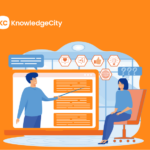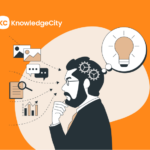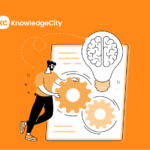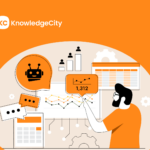When people feel like they’re growing, they stay curious, motivated, and connected to the bigger picture. But growth doesn’t always mean stepping into a new job; it can also come from seeing your current workplace through a different lens. That’s the value of job rotation. It gives employees a chance to experience new challenges, understand how different teams work, and build skills that make them more effective across roles or teams. For organizations, it’s a way to strengthen capability, improve engagement, and support long-term retention without needing to hire from the outside.
As we covered in our previous blog, Understanding Job Rotation: Benefits for Development and Growth, job rotation is a structured approach to moving employees across roles with clear learning goals. Building on that foundation, this blog will walk you through how to create a rotation program that is practical to start, valuable at every step, and aligned with your future workforce needs.
Start With Business Priorities, Not General Exposure
To make job rotation a capability-building tool, it must be rooted in the organization’s real challenges, rather than being offered as an exploratory exercise.
Focus on identifying where talent mobility could solve existing pressure points, such as:
Ask targeted questions to guide your analysis:
These insights help anchor job rotation to real business needs.
Designing Rotation to Build Practical, Transferable Capability
For job rotation to produce lasting results, it needs to be structured in a way that supports practical learning and decision-making.
Step 1: Define the Capability Target
Every rotation should be designed to build a specific capability that benefits both the employee and the organization. These might include:
Avoid vague goals. Pinpoint the one skill or behavior you want this rotation to improve.
Step 2: Set a Duration That Matches the Learning Cycle
The ideal timeline for a rotation depends on how long it takes for someone to own a process, complete a project, or contribute meaningfully to decisions.
- For some roles, 90 days is enough to gain fluency and deliver outcomes.
- Others may need six months to go through multiple project cycles or reporting periods.
Choose duration based on when meaningful contribution becomes possible, not on preset timelines.
Step 3: Assign Real Responsibilities
Every rotation should include:
When employees are given accountability, they move from learning through observation to learning through contribution.
Build a Support System That Scales
HR and L&D teams play a central role in operationalizing rotation. A clear system ensures consistency, fairness, and measurable outcomes.
Having this structure in place makes rotation sustainable and strategic.
A Simple Starting Model: Launching a 90-Day Pilot
You don’t need a full enterprise-wide rollout to begin. A small, focused pilot can help test the model, prove impact, and build internal buy-in.
Step 1: Choose 3 Priority Roles
Look for positions that:
- Are difficult to backfill
- Have high exposure to business operations
- Could benefit from added internal versatility
Examples: Project coordinator in operations, HR business partner, team lead in support.
Step 2: Select 3 Development-Ready Employees
Identify employees who:
- Are reliable performers
- Show interest in expanding their capability
- Are not in critical roles that limit movement
Step 3: Design 3 Rotation Assignments
Each rotation should include:
- One clear capability goal
- A defined scope of responsibility
- A mentor or host manager
- Midpoint and end-of-rotation reviews
Step 4: Measure Impact
Track the following for each participant:
- What new responsibilities can they now take on?
- How did the host team benefit from their contribution?
- What roles could they be considered for in the future?
This 90-day pilot creates a foundation to refine and expand the program.
Make Job Rotation Part of a Risk-Ready Talent System
Beyond development, job rotation helps reduce risk across the talent system.
- It supports internal bench strength: People who’ve rotated into new environments are more prepared to step into leadership roles.
- It breaks down team silos: Employees who understand other departments help decisions move faster.
- It supports internal movement: Rotation provides evidence that someone is ready for a different role, removing barriers caused by experience gaps.
This makes the entire organization more agile, resilient, and ready to move talent where it’s needed most.
Job Rotation Value Calculator: Show the Impact
You can track the return on rotation using a simple equation that reflects the financial and operational benefits.
Use this calculator to report the impact to executives and make the case for scale.
Connect Job Rotation to Future Workforce Trends
Job rotation solves today’s needs while also preparing your workforce for where talent management is heading:
- Skills-Based Talent Deployment: Rotation helps validate real skills across functions, not just job titles or past roles.
- Agile Teams and Cross-Functional Work: Employees who have rotated adapt, contribute, and collaborate more quickly in fast-moving teams.
- Stronger Internal Talent Pipelines: Rotated employees are easier to promote because they’ve already proven themselves beyond their core function.
In a workplace that values adaptability, mobility, and decision-readiness, rotation becomes one of the most strategic development tools available.
For practical steps on building a structured internal mobility program that connects learning to real career opportunities, explore our comprehensive guide on how to promote internal mobility within your organization.
How KnowledgeCity Supports Effective Job Rotation
At KnowledgeCity, our platform is designed to help organizations get the most out of job rotation by linking learning with real business priorities. Our comprehensive training needs analysis and competency mapping tools enable HR and L&D leaders to accurately identify skills gaps and development opportunities across teams and roles. With this insight, you can create targeted job rotation plans that focus on building essential capabilities.
KnowledgeCity’s extensive course library and flexible learning pathways support employees as they take on new responsibilities, ensuring continuous growth and readiness. By combining data-driven analysis with practical learning solutions, KnowledgeCity empowers organizations to build stronger talent pipelines, improve employee engagement, and drive measurable business results through effective job rotation programs.
Subscribe to Our Newsletter
Join 80,000+ Fellow HR Professionals. Get expert recruiting and training tips straight
to your inbox, and become a better HR manager.



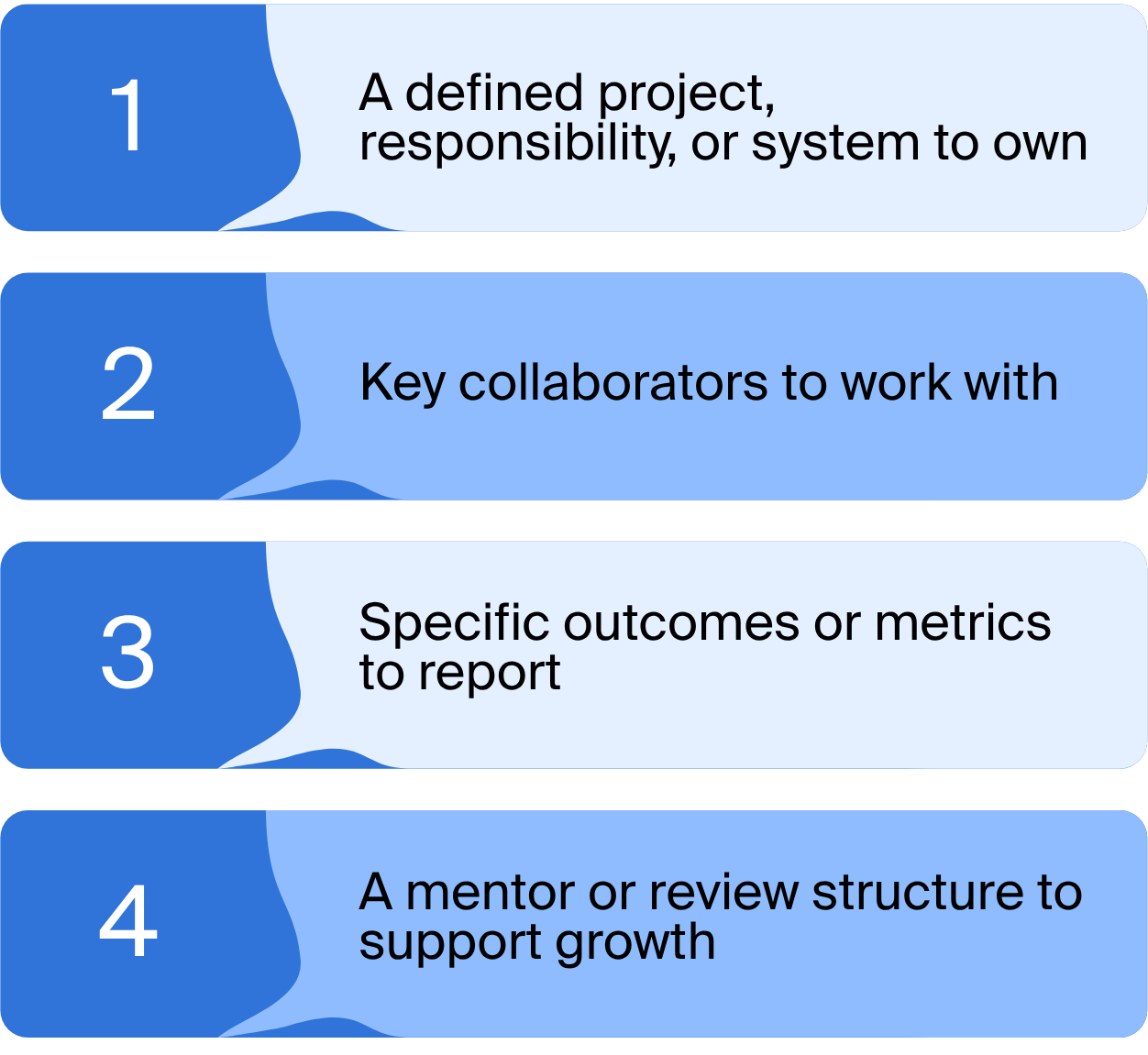
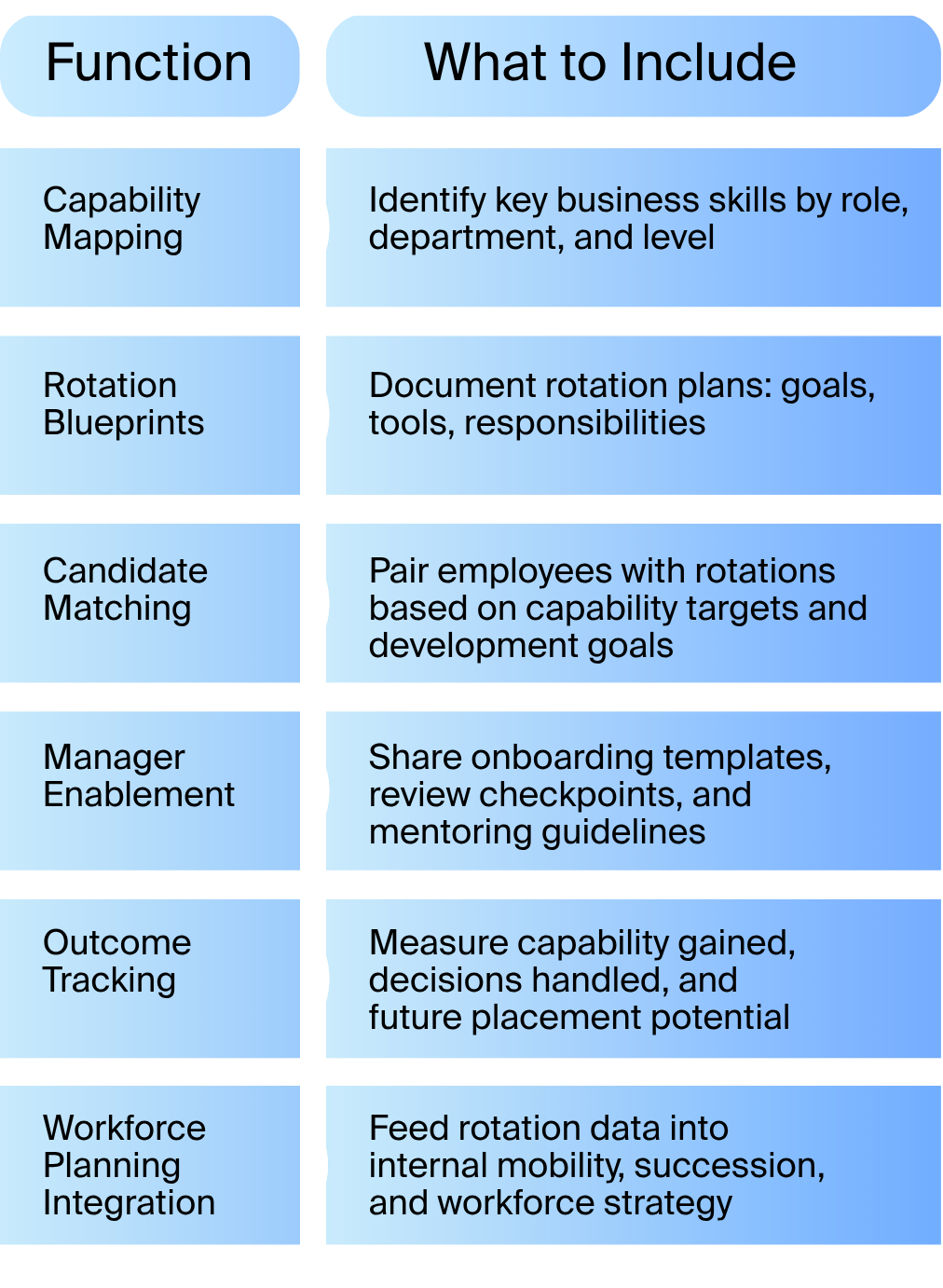
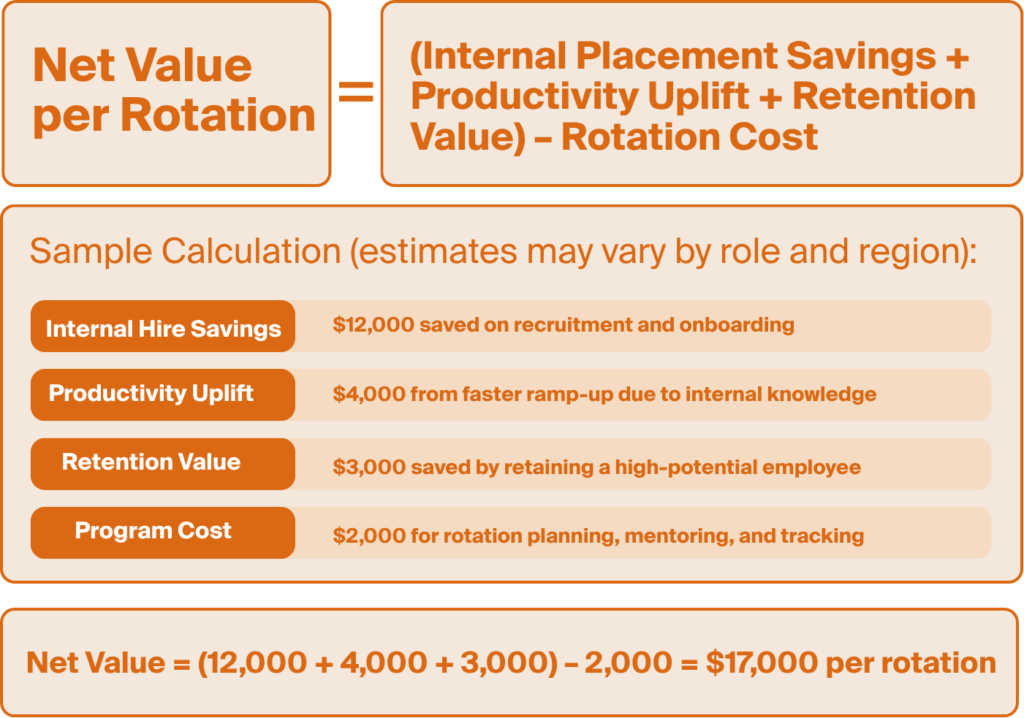

 KnowledgeCity
KnowledgeCity 
